COLUMN: STAND-UP
by Hannah Einbinder
January 3rd 2017. Los Angeles, California. I left behind the warmth of the outside world and entered the shadowy abyss of The Silverlake Lounge. Placed atop the bar was a lone bucket with small blank slips of paper beside it. I took a slip, wrote my name, and tossed it in. I sat down one stool away from a man hunched over his notepad like he was protecting it with his very life. The bartender walked over to him, placed a tall skinny glass on the bar, poured whiskey straight into the glass for what felt like an eternity, topped it off with two splashes of coke, and the patron slipped him a 20. He sat there, detached from the world around him, buried in his notes. Someone called his name. The open mic had begun. He looked up, downed the drink, and went on stage. The man spoke: “I went home for the holidays, and I stayed at my moms house. But she didn’t have any lotion in the bathroom, so I had to jerk off with hand sanitizer...” Silence. “My dick skin shed like a snake...” Silence. I looked over at the bartender who was utterly unperturbed and thought to myself: I’m home.
Some things about Stand Up will never change: the barrage of failure, the anguish, the relentless pursuit to master an unattainable craft. But if, by some act of God, scientists are able to reverse the damage human activity has done to our environment, prevent the impending threat of nuclear war, and stop people from wearing those incredibly tacky high heels made entirely of clear plastic— if there is a future at all...the future of stand up ought to be swell! Hi, I’m Hannah Einbinder. I’ve just dropped by Flaunt to talk with you about Stand Up Comedy, where it’s been, and where it’s going. Well, if I were talking with you, you would also speak, so, I suppose only I’ll talk, and you’ll listen, kind of like stand up! Look how much fun we’re having already.
The future of comedy as we know it began in the 90s when comedians like Patton Oswalt, Dana Gould, Bob Odenkirk, David Cross, Janeane Garofalo, Andy Kindler, and Maria Bamford diverged from the set up and punchline format, and turned traditional storytelling on its ear. In addition to appealing to their audiences’ intelligence and introspection, they independently produced shows out of any venue with enough room for chairs. Today, aside from several institutionally revered comedy clubs, almost all comedy is performed at independent theaters, coffee shops, breweries, backyards, bookstores, in front of a dumpster, bus stop, gutter, sewer, co-op, living room, you name it! What was alternative in the ‘90s is now the new normal, but with two terrifying and fun new factors: The Internet and technology.
The Internet has been both vital and detrimental to the comedian’s process. Social media’s upside: it gives everyone their own platform. The down side: it gives everyone their own platform. This makes it wildly difficult for comedians without a following to be seen. It’s like being packed shoulder to shoulder in a room full of people, and it’s everyone’s birthday. In the 1970s, getting on The Tonight Show with Johnny Carson was the end-all-be-all for comedians. Today, aTonight Show appearance might not get a third of the views that one of those instagram-comedian-meme-videos-about-how-your-girl-tries-to-look-through-your-texts-when-you-fall-asleep receives. As short form, filtered, cartoonish internet comedy continues to saturate the online arena, I predict that it’s impact on future comedians will yield a second wave of more slapstick, vaudevillian, physical humor.
The merging of comedy and technology has already seen success in Reggie Watts, a comedian who uses only his voice and a looping machine to record improvised songs, which he then layers with coy existential humor on varying levels of humanity. It’s both wild and far out. Alternative comedy gives comedians permission to blur the lines of performance mediums like music and stand up, creating a world of new formats, standards, and sweet souls looking to fill the world with smiles. Although the comedy bust seems unlikely, a symptom of the boom remains: as alternative comedy becomes mainstream, what is considered “alternative” must now go on to reach new heights. As performance artists continue to exist in spaces where more traditional stand up takes place, what we know as stand up comedy will once again be broken down and reborn.
Comedy has always gone through cycles of boom and bust. We are currently in the midst of a comedy boom—the cheeky phrase, “everybody’s a comedian,” has never been more true. And, hot take, I don’t see a bust ever happening again. Shows like The Daily Show,Last Week Tonight, and Full Frontal with Samantha Bee have become staple “news” delivery systems for a great deal of young people who need comedy to make this current reality palatable to them. With a constant demand for content, comedy and comedians are now invaluable in the same way musicians always have been. New platforms and new comedians will rise together. Live-streamed comedy shows and holographic performances will exist. I will now say what we’re all thinking: Robot. Comedians. As advancements are made in artificial intelligence, I envision a future where robots do comedy. Comedy is simply commentary on one’s experience here on Earth. As Robots replace human beings in the workforce, schools, the military and so on, they’ll likely have similar takes on their experiences. You program those bad boys with an irony processor? It’s over. Again, should the polar ice caps hold on long enough, I envision a future where R2D2’s great grandson headlines The Philadelphia Chuckle Hut.
Written by Hannah Einbinder
